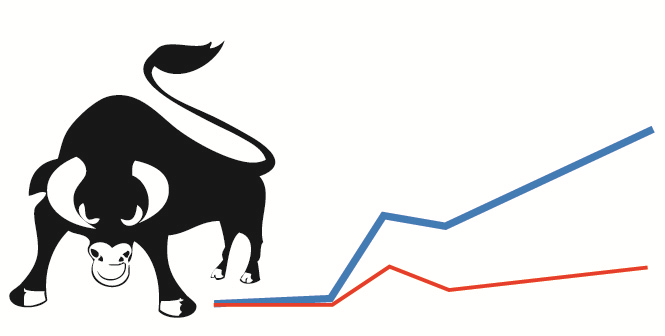Last month, I did a review of O’Shaughnessy investment classic “What Works on Wall Street“. It’s only fitting that  this month I present one of O’Shaughnessy’s multi-factor models. This can easy be used as a starting point to find a potential investment. After running the model, an investor can do traditional bottoms-up analysis to pick the best opportunities. Or even apply a second filter like Piotroski’s F-Score which was described in last month’s letter. Please see my article in Seeking Alpha which used both O’Shaughnessy and Piotroski.
this month I present one of O’Shaughnessy’s multi-factor models. This can easy be used as a starting point to find a potential investment. After running the model, an investor can do traditional bottoms-up analysis to pick the best opportunities. Or even apply a second filter like Piotroski’s F-Score which was described in last month’s letter. Please see my article in Seeking Alpha which used both O’Shaughnessy and Piotroski.
O’Shaughnessy’s book displays a value composite model that consists of the following six factors:
1) Price to Book
2) Price to Sales
3) Price to Cash Flow
4) Price to Earnings
5) Enterprise Value to EBITDA
6) Shareholder yield
Factors 1-5 are well known, however shareholder yield may be unknown to readers. It is a combination of dividend yield and share buybacks. For example, a company’s shares outstanding have dropped from 100m to 97m due to buybacks. This is a 3% change. If the dividend yield is 2% then the Shareholder yield is 5%. Basically each stock is ranked by each factor and then a combined ranked is calculated.
O’Shaughnessy found that this model generated a geometric return of 17.3% vs 11.3% for the “All Stocks” benchmark from 1964 to 2009. I ran the model using Bloomberg data from midday March 10th. The top 30 stocks are: GLF, EPE, SDRL, SPN, TPLM, CHK, DNR, DO, VLO, GTS, GIFI, MUR, ELRC, MN, UFS, CLD, HES, AGCO, TEX, SD, CLMS, NOG, VTG, TRN, NOV., MNI., ANF, CKH, CVX, HOS
Please note that I have not checked the data for correctness.
